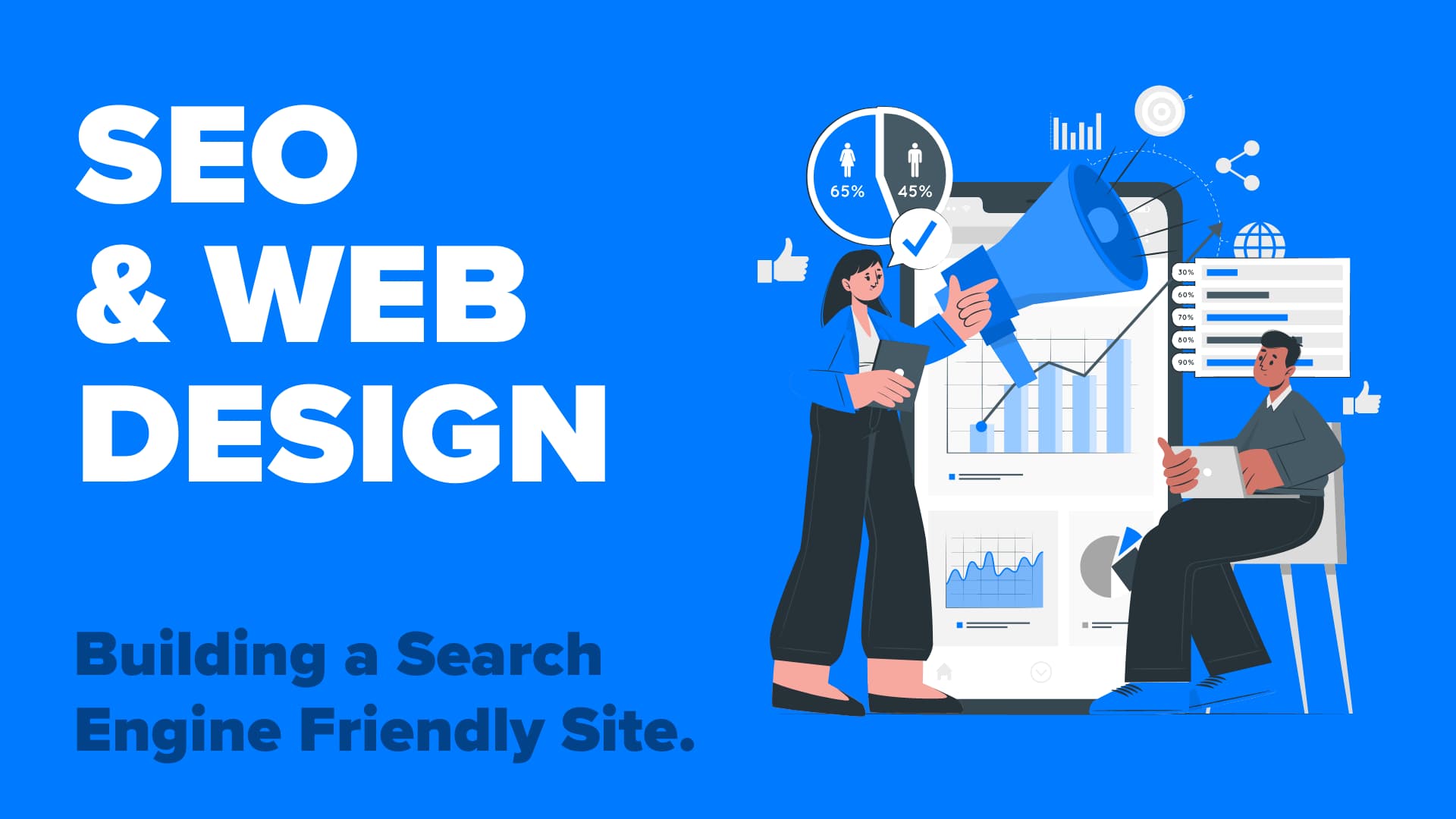Tube Rank: Your Guide to Video Success
Discover tips and insights for optimizing your video presence.
Designing for Clicks and Search: A Match Made in Heaven
Uncover the secrets to design that drives clicks and boosts search rankings. Discover how to create the perfect harmony today!
The Perfect Formula: Balancing User Experience and SEO for Maximum Clicks
In the ever-evolving landscape of digital marketing, achieving a harmonious balance between User Experience and SEO is crucial for maximizing clicks. When creating content, it is essential to prioritize User Experience by ensuring that your website is easy to navigate, visually appealing, and responsive across various devices. A well-structured layout, complemented by intuitive navigation and fast loading times, will not only keep users engaged but also signal to search engines that your site is valuable. Simple changes, such as using clear headings (H1, H2, etc.) and bullet points, can significantly enhance readability and help visitors find the information they need quickly.
On the other hand, integrating effective SEO strategies is paramount for driving organic traffic. This involves optimizing your content with relevant keywords, creating compelling meta descriptions, and leveraging header tags to communicate the organization of your content to search engines. Additionally, implementing internal and external links can enhance User Experience by providing readers with deeper insights and related information. Ultimately, the perfect formula for success lies in recognizing that User Experience and SEO are not mutually exclusive; rather, they work hand in hand to ensure your content reaches the right audience efficiently and effectively.

How to Optimize Your Design for Search Engines Without Sacrificing Aesthetics
Optimizing your design for search engines is essential to improve visibility without compromising the aesthetic appeal of your website. Start by incorporating SEO-friendly practices in your design process. This includes using clean, semantic HTML coding and ensuring your website is mobile-responsive. A mobile-friendly design is not only favored by search engines like Google but also enhances the user experience, ultimately leading to increased engagement. Furthermore, utilize heading tags (<h1>, <h2>, etc.) to properly structure your content, making it easier for both users and search engines to navigate your site.
Another crucial aspect of optimizing your design involves images and multimedia elements. Make sure to use alt text for all images, which not only helps search engines understand the content of your imagery but also enhances accessibility for users with visual impairments. Consider compressing images for faster load times, as site speed is a key ranking factor. Additionally, maintain a balance between visual elements and textual content—avoid excessive animations or flashy graphics that can distract users from the main message. Strive for a visually appealing site that also adheres to best SEO practices, ensuring that your design is both beautiful and functional.
5 Essential Tips for Creating Click-Worthy Content that Ranks Well
Creating click-worthy content that not only attracts readers but also ranks well on search engines is essential for your blog's success. Here are 5 essential tips to help you achieve this goal:
- Know Your Audience: Understanding your target audience's interests and pain points will guide you in creating relevant content that resonates with them.
- Craft Compelling Headlines: Your headlines are the first thing readers see, so ensure they are catchy and include keywords to enhance SEO.
Continuing with our tips, remember that engaging visuals can significantly enhance your content's appeal. Combine images, infographics, and videos to keep your audience entertained and informed. Moreover, always aim for high-quality, original content since search engines prioritize valuable pieces over generic articles. Finally, don’t forget to optimize your meta descriptions and tags to improve search visibility.
- Provide Value: Offer actionable insights and useful information that your audience can apply.
- Optimize for SEO: Ensure your content is structured with appropriate keywords, headings, and links.